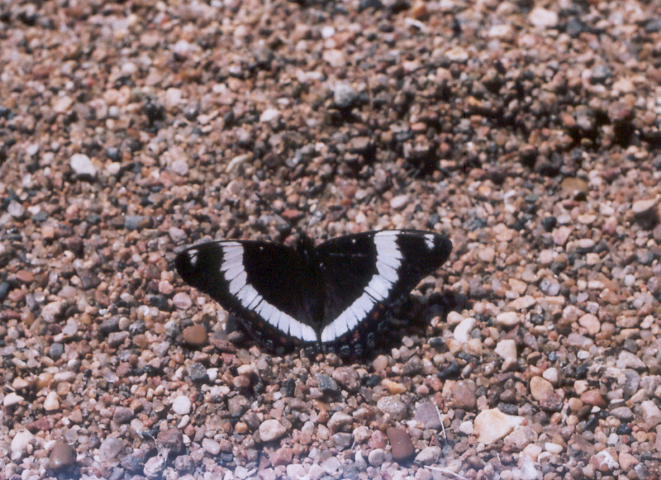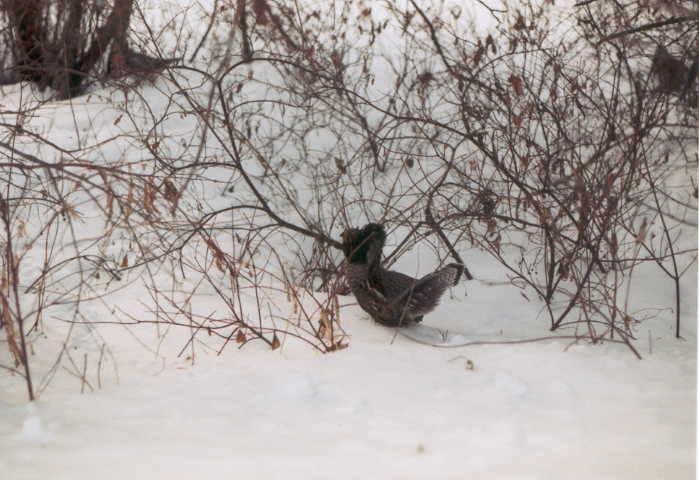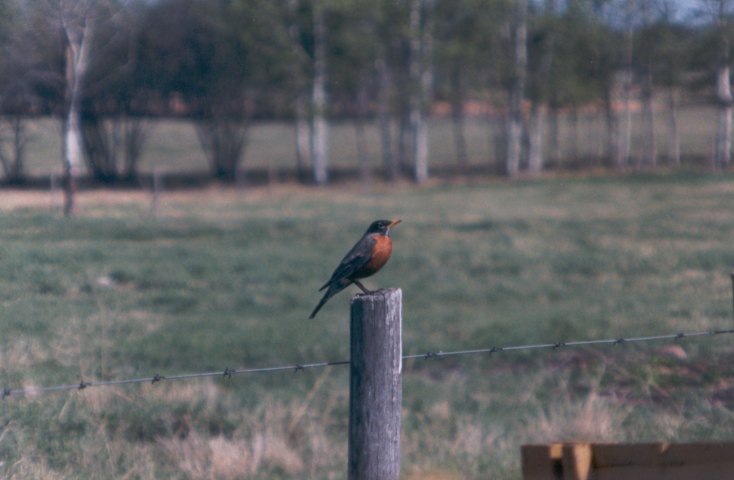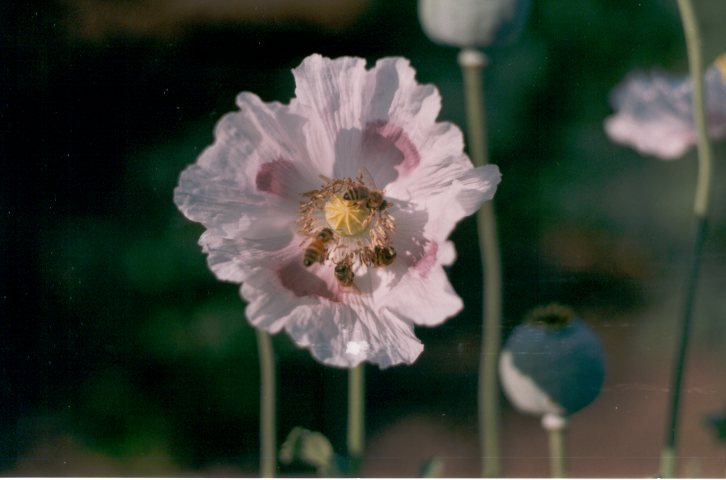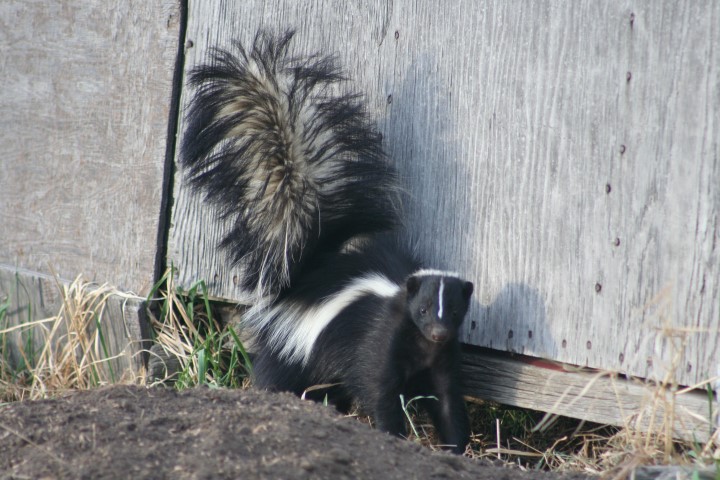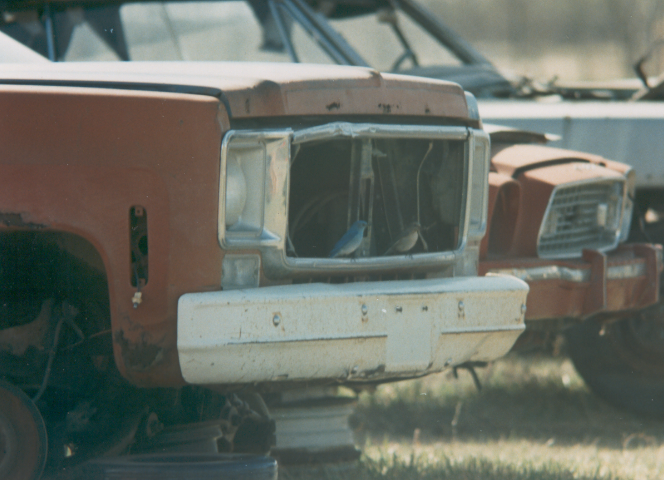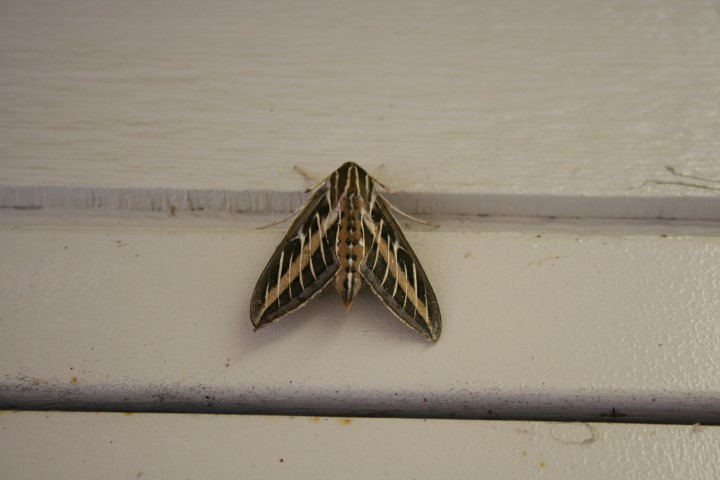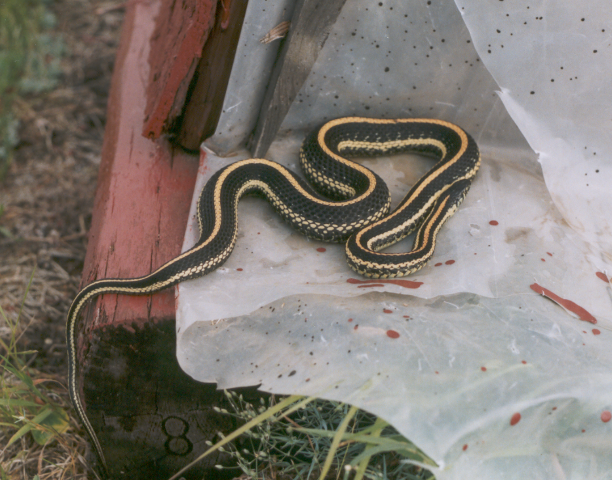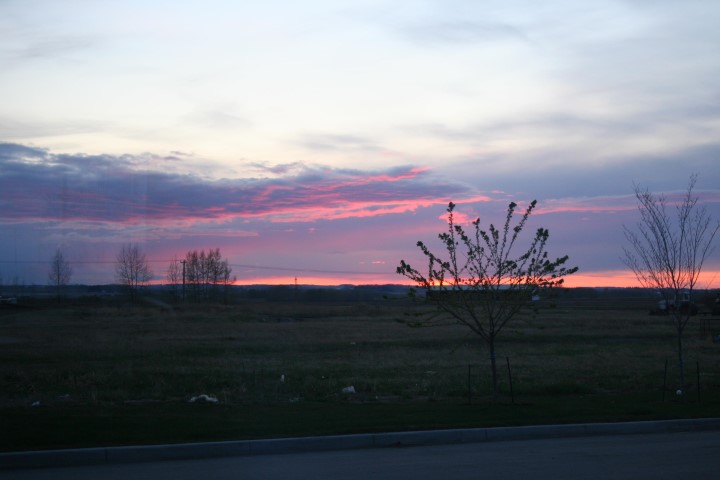The Providence Mine
The Providence Mine workings consist of about 3,300 yards of development on seven levels serviced by two main shafts. This mine operated from 1893 to 1973. A total of 11,468 tons of ore has been mined, yielding 402.5 lbs of gold, 93,614 lbs of silver, 201 tons of lead, 130 tons of zinc and minor copper.
Remains of machinery left to rust
The Gold Bug Claim
Intermittent production from 1901 to 1954, totaled 98 tons, resulting in 150 lbs of silver, 2.2 lbs of gold, and minor copper, lead and zinc.
The main adit
Part of an old air compressor
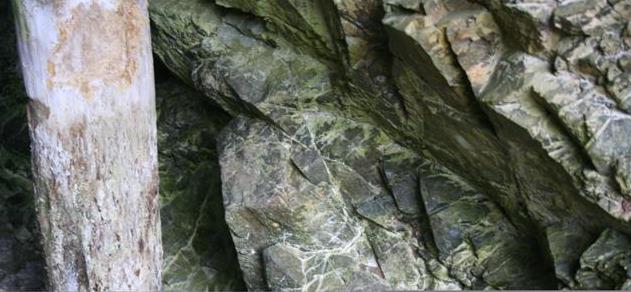
Ghost Town Phoenix
Phoenix was considered the highest city in Canada at 4,600 ft. In 1891 it was the search for Gold that led to the founding of the Greenwood Camp, then later named Phoenix. Just like other places, when gold is found, it doesn’t take long and half of the mountain is staked.
By 1900 the CPR was shipping 3,500 tones of ore per week to the Granby Smelter Company in Grand Forks from the various mines in the Phoenix area. This was more than the combined shipping of all mining camps in BC. It was also in 1900 that Phoenix was incorporated as a city. At this time Phoenix had a dozen or more hotels, a newspaper, three churches, a large modern hospital and a school. The three story Union Hall housed a theater, banquet room, and a ballroom. Phoenix also had its own brewery and a covered ice rink.
By 1911 the population of Phoenix was 4000. The town had electricity and modern waterworks. At that time Phoenix was shipping 7000 tons of ore daily, which kept the rail company busy 24 hours a day, thus making it the largest producer in the whole country. During the First World War the price of copper increased steadily, then peaked in 1918 to 28 cents a pound. When the war ended the the price of copper dropped, since there was no demand for it. The Granby Company also had other interests in the Northwest part of the province, therefore, they decided to close the Phoenix operation temporarily and put their money in the Anyox operation. Most of the residence of Phoenix left for jobs elsewhere, some just left their houses hoping to return. Well, it never happened. The price of copper never did come back up. The town of Phoenix was built on top of all the mines and had started to cave in. The Granby Company then decided to close Phoenix permanently. In the time to come salvage companies started to tear up the tracks, since the people of Phoenix were packing and moving on. The Town of Phoenix sold the ice rink to a Vancouver company, and with that money they built a cenotaph to honor those citizens of Phoenix who served in the Great War.
Up to this point Phoenix and area had yielded $100 million in ore. In the next few years people from the area would come to Phoenix to salvage lumber, bricks, etc., for their own projects.
In 1956 the Granby Company built a concentrating plant. This operation was to be an open pit rather than underground. By 1969 the Granby Company employed 120 men and produced 2,400 tons per day. Some time during the late sixty the tailings pond burst, as a result a section of Greenwood was flooded. In 1978 operations ceased because of dwindling minerals, even though the price of copper was 60 cents per pound.
The Granby Company had milled over 140 millions pounds of COPPER, almost one and a half million ounces of GOLD, and 200 thousand ounces of SILVER.
Today there is not much left of Phoenix, just a few foundations, mountains of rocks, the cenotaph and the Phoenix cemetery.
By 1900 the CPR was shipping 3,500 tones of ore per week to the Granby Smelter Company in Grand Forks from the various mines in the Phoenix area. This was more than the combined shipping of all mining camps in BC. It was also in 1900 that Phoenix was incorporated as a city. At this time Phoenix had a dozen or more hotels, a newspaper, three churches, a large modern hospital and a school. The three story Union Hall housed a theater, banquet room, and a ballroom. Phoenix also had its own brewery and a covered ice rink.
By 1911 the population of Phoenix was 4000. The town had electricity and modern waterworks. At that time Phoenix was shipping 7000 tons of ore daily, which kept the rail company busy 24 hours a day, thus making it the largest producer in the whole country. During the First World War the price of copper increased steadily, then peaked in 1918 to 28 cents a pound. When the war ended the the price of copper dropped, since there was no demand for it. The Granby Company also had other interests in the Northwest part of the province, therefore, they decided to close the Phoenix operation temporarily and put their money in the Anyox operation. Most of the residence of Phoenix left for jobs elsewhere, some just left their houses hoping to return. Well, it never happened. The price of copper never did come back up. The town of Phoenix was built on top of all the mines and had started to cave in. The Granby Company then decided to close Phoenix permanently. In the time to come salvage companies started to tear up the tracks, since the people of Phoenix were packing and moving on. The Town of Phoenix sold the ice rink to a Vancouver company, and with that money they built a cenotaph to honor those citizens of Phoenix who served in the Great War.
Up to this point Phoenix and area had yielded $100 million in ore. In the next few years people from the area would come to Phoenix to salvage lumber, bricks, etc., for their own projects.
In 1956 the Granby Company built a concentrating plant. This operation was to be an open pit rather than underground. By 1969 the Granby Company employed 120 men and produced 2,400 tons per day. Some time during the late sixty the tailings pond burst, as a result a section of Greenwood was flooded. In 1978 operations ceased because of dwindling minerals, even though the price of copper was 60 cents per pound.
The Granby Company had milled over 140 millions pounds of COPPER, almost one and a half million ounces of GOLD, and 200 thousand ounces of SILVER.
Today there is not much left of Phoenix, just a few foundations, mountains of rocks, the cenotaph and the Phoenix cemetery.
Open Pit Mine where the City of Phoenix once stood.
remains of the mill
The No 7 Mine and White's Camp
The No 7 was staked in 1891, several miles SE of Greenwood. The quartz rocks carrying gold, copper, and lead were very promising in the area and soon became known as Central Camp or White’s Camp.
After the arrival of the railway in 1899 the No 7 Mining Co. hauled around 600 tons per year by wagons down a twisted trail to Boundary Falls to the railway tipple, where it was loaded on rail cars and shipped to the smelter in Anaconda. In 1909 the Consolidated Mining and Smelting Co. purchased the No 7, and within one year built a 3 mile aerial tramway from the mine to the tipple at Boundary Falls. As the loaded ore carts would go down, the weight would pull the empty carts back up (must have had good brakes). The mine was shut down in 1913 and the tramway was dismantled for scrap. In 1934 W.E. McArthur leased the No 7 from CM&S. For the next few years McArthur kept a small crew at White’s Camp trucking ore to the railway.
The No. 7 Mine operated from 1901 to 1945 and produced a total of 15,162 tons of ore yielding 203 lbs of gold, 6,842 lbs of silver, 107 tons of lead, and 6.8 tons of zinc. The underground working of the No 7 was 1,738 yards on 4 levels.
After the arrival of the railway in 1899 the No 7 Mining Co. hauled around 600 tons per year by wagons down a twisted trail to Boundary Falls to the railway tipple, where it was loaded on rail cars and shipped to the smelter in Anaconda. In 1909 the Consolidated Mining and Smelting Co. purchased the No 7, and within one year built a 3 mile aerial tramway from the mine to the tipple at Boundary Falls. As the loaded ore carts would go down, the weight would pull the empty carts back up (must have had good brakes). The mine was shut down in 1913 and the tramway was dismantled for scrap. In 1934 W.E. McArthur leased the No 7 from CM&S. For the next few years McArthur kept a small crew at White’s Camp trucking ore to the railway.
The No. 7 Mine operated from 1901 to 1945 and produced a total of 15,162 tons of ore yielding 203 lbs of gold, 6,842 lbs of silver, 107 tons of lead, and 6.8 tons of zinc. The underground working of the No 7 was 1,738 yards on 4 levels.
The No. 7 adit
No. 7 Tipple
White's Camp
Part of a saw blade
Root cellar
Inside was plastered with newspaper
Ghost town: Boundary Falls
A few miles south of Greenwood near Boundary Creek and beside the Dewdney Trail was Boundary Falls, which at one time had the usual collection of stores, a post office, school, etc. It was a natural headquarters for prospectors. The rolling hills had food for their horses. Boundary Falls was also an entry point to many mining camps in the area. In 1898 Greenwood Power and Light Co. built a hydroelectric plant near Boundary Falls. The dam was built about 300 ft. above the falls. A 30 in. wooden stave pipe carried the water 1400 ft. down stream to the powerhouse, 1150 ft. below the falls. The powerhouse housed a 200 hp. (150 KW.) 4,400 volt three phase turbine until 1921 when it was shut down due to low water levels. It supplied electricity to the town of Boundary Falls, City of Greenwood, and a few mines in the area. In the early 1900’s a smelter (The Sunset Smelter) was built in Boundary Falls, but only lasted a few years. By 1907 the smelter closed down for good.
Today the old town site of Boundary Falls is privately owned. Beside the Boundary Creek lies a mountain of slag and a few pieces of scrap iron are the only reminder of the smelter. The falls themselves are a beautiful site, but very few people know they exist.
Today the old town site of Boundary Falls is privately owned. Beside the Boundary Creek lies a mountain of slag and a few pieces of scrap iron are the only reminder of the smelter. The falls themselves are a beautiful site, but very few people know they exist.
Boundary Falls
Natures artwork
Tressel that held the stave pipe to the power house
Slag pile from the smelter
Remains of the smelter
Cable and tower used on the tramway from the No. 7 Mine
Remains of the powerhouse
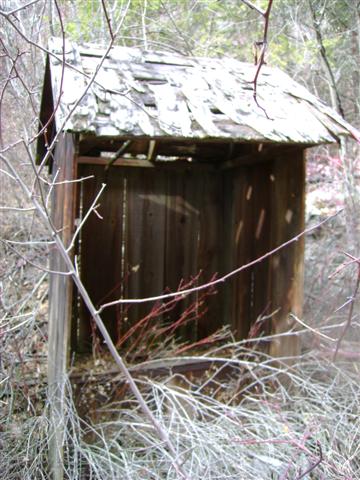
The stress relief building
Whats left of the dam
Here is a video on the #7 mine and camp
No. 7 shaft
Photo Gallery Wildlife
Click on photo to view
Our Vimeo Channel: The Goldseekers
Our U Tube Channel: TheGoldseekers





